This article has been reviewed according to Science X's editorial process and policies. Editors have highlighted the following attributes while ensuring the content's credibility:
fact-checked
peer-reviewed publication
reputable news agency
proofread
Going, going, gone: Study says climate change juicing homers

Climate change is making major league sluggers into even hotter hitters, sending an extra 50 or so home runs a year over the fences, a new study found.
Hotter, thinner air that allows balls to fly farther contributed a tiny bit to a surge in home runs since 2010, according to a statistical analysis by Dartmouth College scientists published in Friday's Bulletin of the American Meteorological Society. They analyzed 100,000 major league games and more than 200,000 balls put into play in the last few years along with weather conditions, stadiums and other factors.
"Global warming is juicing home runs in Major League Baseball," said study co-author Justin Mankin, a Dartmouth climate scientist.
It's basic physics.
When air heats up, molecules move faster and away from each other, making the air less dense. Baseballs launched off a bat go farther through thinner air because there's less resistance to slow the ball. Just a little bit farther can mean the difference between a homer and a flyout, said Alan Nathan, a University of Illinois physicist who wasn't part of the Dartmouth study.
Nathan, one of a group of scientists who has consulted with Major League Baseball on the increase in homers, did his own simple calculation, based purely on known physics of ballistics and air density as it changes with temperature, and said he got the same result as the Dartmouth researchers.
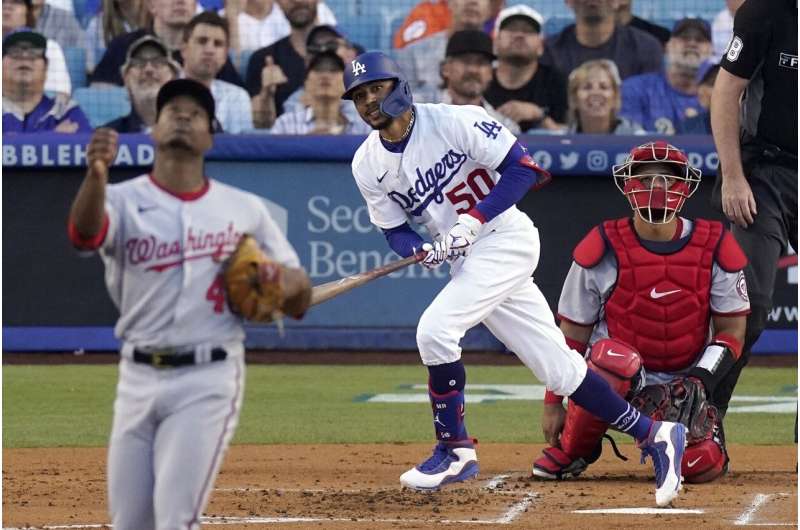
Both Nathan and the Dartmouth team found a 1% increase in home run likelihood with every degree the air warms (1.8% with each degree Celsius). Total yearly average of warming-aided homers is only 1% of all home runs hit, the Dartmouth researchers calculated.
Non-climate factors contribute even more to the barrage of balls flying out of the park, scientists and baseball veterans said. The biggest is the ball and the size of the stitches, Nathan said, and MLB made slight adjustments to deaden the ball prior to the 2021 season. Others include batters' recent attention to launch angle; stronger hitters; and faster pitches. The study started after the end of baseball's infamous steroids era saw a spike in home runs.
Veteran baseball players and executives said the research fits with what they've seen on the field.
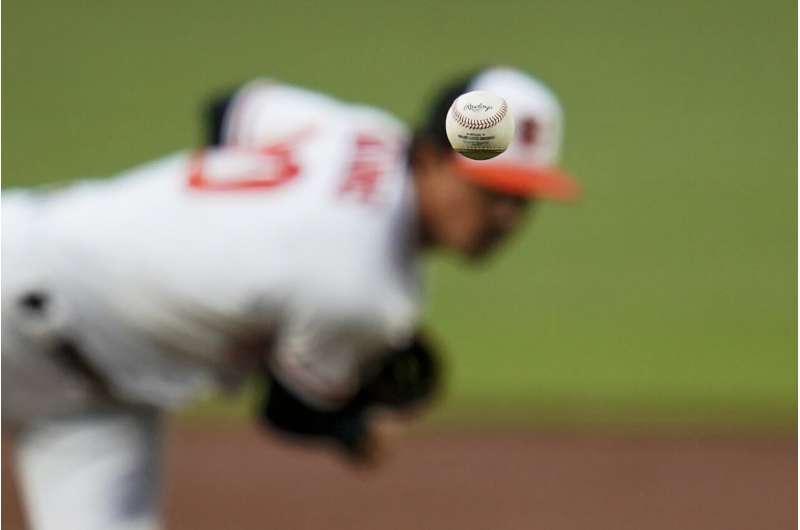
"We always felt that way for years," Phillies president of baseball operations Dave Dombrowski said. "When it's warmer, the ball travels more and they have scientific evidence to back that up."
Homers have always varied by ballpark due to simple factors like dimensions that are friendlier to pitchers than hitters, or vice versa, as well as wind conditions.
The Dartmouth team found the climate homer effect varied by field, too. Chicago's Wrigley Field, which still hosts a lot of day games, has the most warming-homer friendly confines. The statistical analysis found no significant heat-aided homers at Tampa's Tropicana Field, the only full-time domed stadium in Major League Baseball.
"It's interesting to think about," said five-time All-Star pitcher David Cone, who once threw a perfect game and is now a television baseball analyst. "I'd probably more likely look at the makeup of the baseball itself, the variances and the specs. Of course, weather matters, definitely I wouldn't shoo it away."

After a 1-0 victory in Coors Field, Colorado Rockies reliever Brent Suter said the study, which mentions more than 500 home runs since 2010, rings true to him.
"Obviously I'm not a fan in any way as a pitcher," Suter said with a laugh. "500 seems a lot, but I could believe it."
The heat is also hard on players and fans, Suter said: "I remember pitching some games I was just, like 'This does not feel like normal heat. It's crazy hot.'"
Mankin called what's happening "a fingerprint of climate change on our recreation." Callahan said what's been seen so far is nothing compared to projections of hundreds of extra homers in the future.
How many extra homers depends on how hot it gets, which depends on how much greenhouse gas the world spews from the burning of coal, oil and gas. Callahan ran different scenarios of carbon pollution through computer simulations.

In the worst-case warming trajectory—which some scientists say the world is no longer on based on recent emissions—there would be about 192 warming-aided homers a year by 2050 and around 467 hot home runs by the year 2100. In more moderate carbon pollution scenarios, closer to where Earth is now tracking, there would be about 155 warming-aided homers a year by 2050 and around 255 extra dingers at the end of the century, Callahan said.
Because baseball has so many statistics and analytics, such as the tracking system Statcast, trends can be seen more easily than other effects of climate change, Mankin said. Still, the scientists can't point to a single homer and say that's a warming-aided home run. It's a detail that can be only seen in the more than 63,000 homers hit since 2010.
Several climate scientists told The Associated Press that the study makes perfect sense and the statistics are analyzed properly, though they also point out factors other than climate change are in play and likely have bigger effects.
-
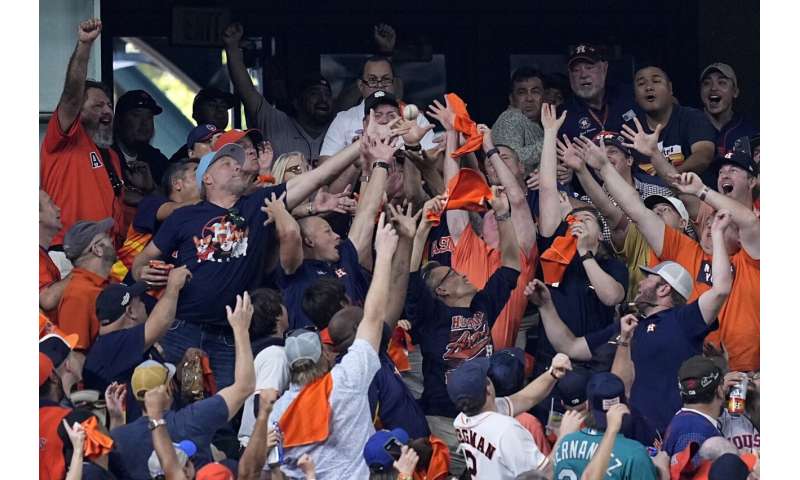
Fans reach for Houston Astros Yordan Alvarez's two-run home run against the Seattle Mariners during the sixth inning in Game 2 of an American League Division Series baseball game in Houston, Oct. 13, 2022. A new study released Friday, April 7, 2023, finds that climate change is making major league sluggers into even hotter hitters, sending an extra 50 or so home runs a year over the fences. Credit: AP Photo/Kevin M. Cox, File -
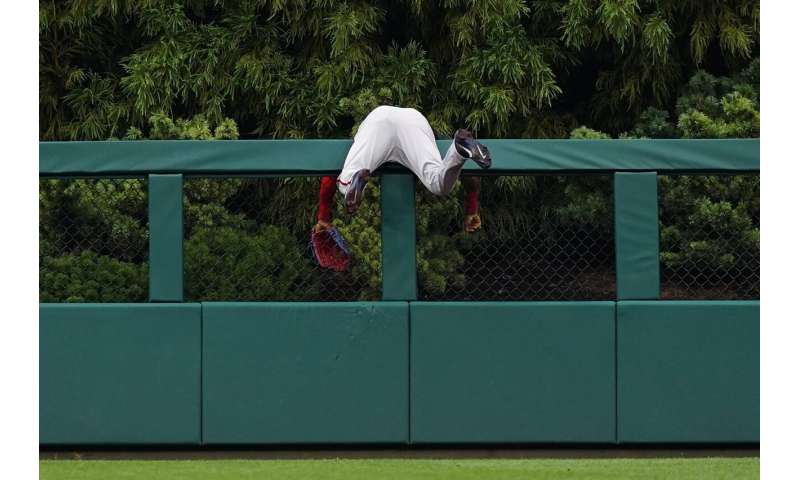
Washington Nationals center fielder Victor Robles cannot reach a home run hit by Philadelphia Phillies' Kyle Schwarber during the first inning of a baseball game, July 5, 2022, in Philadelphia. A new study released Friday, April 7, 2023, finds that climate change is making major league sluggers into even hotter hitters, sending an extra 50 or so home runs a year over the fences. Credit: AP Photo/Matt Slocum, File -
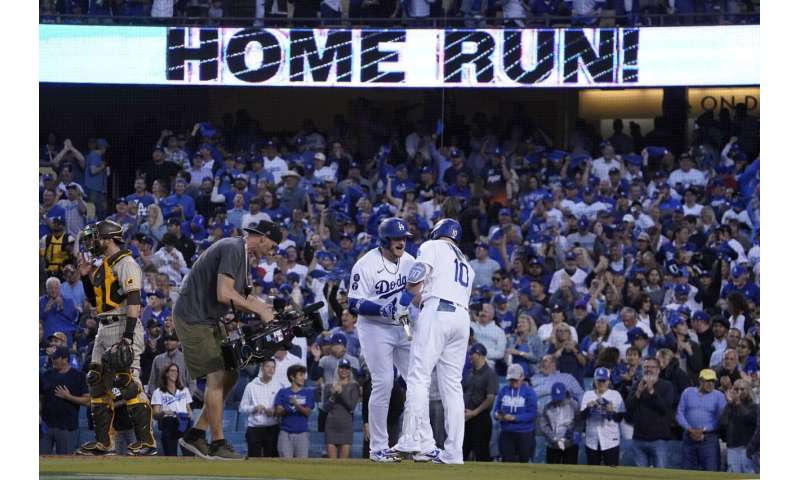
Los Angeles Dodgers' Max Muncy (13) celebrates his solo home run with Justin Turner (10) during the second inning in Game 2 of a baseball NL Division Series against the San Diego Padres, Oct. 12, 2022, in Los Angeles. A new study released Friday, April 7, 2023, finds that climate change is making major league sluggers into even hotter hitters, sending an extra 50 or so home runs a year over the fences. Credit: AP Photo/Mark J. Terrill, File -
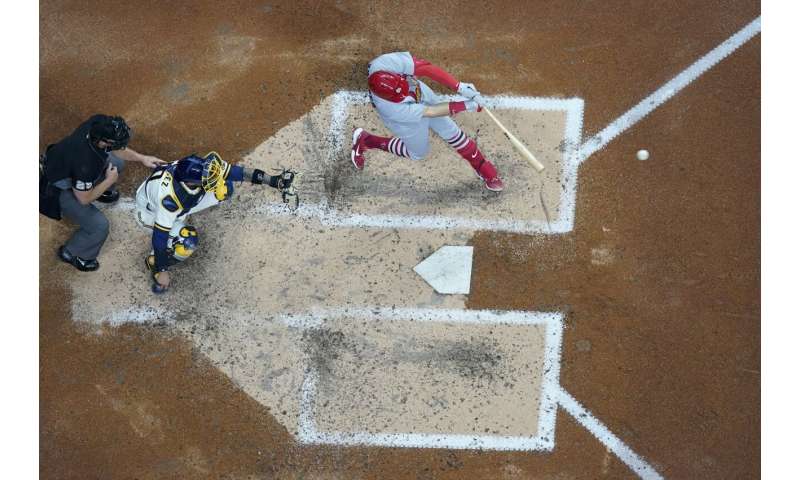
St. Louis Cardinals' Andrew Knizner hits a two-run home run during the fourth inning of a baseball game against the Milwaukee Brewers, Sept. 27, 2022, in Milwaukee. A new study released Friday, April 7, 2023, finds that climate change is making major league sluggers into even hotter hitters, sending an extra 50 or so home runs a year over the fences. Credit: AP Photo/Morry Gash, File -
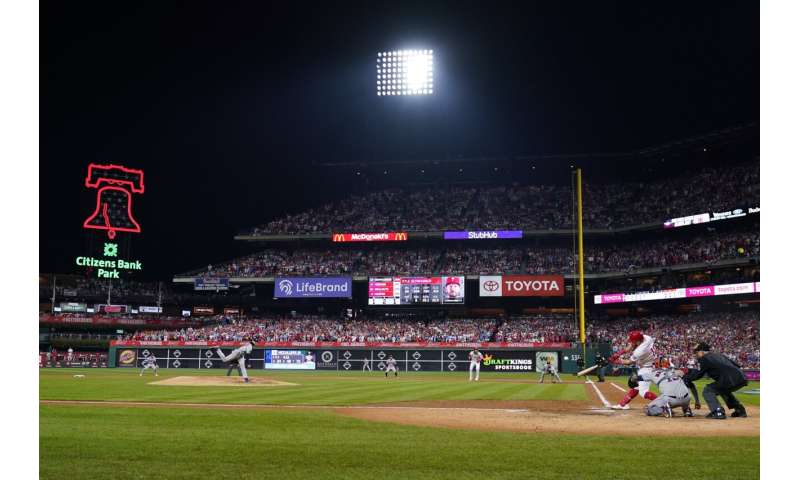
Philadelphia Phillies' Kyle Schwarber hits two-run home run off Houston Astros starting pitcher Lance McCullers Jr. during the fifth inning in Game 3 of baseball's World Series between the Houston Astros and the Philadelphia Phillies on Nov. 1, 2022, in Philadelphia. A new study released Friday, April 7, 2023, finds that climate change is making major league sluggers into even hotter hitters, sending an extra 50 or so home runs a year over the fences. Credit: AP Photo/Matt Slocum, File -
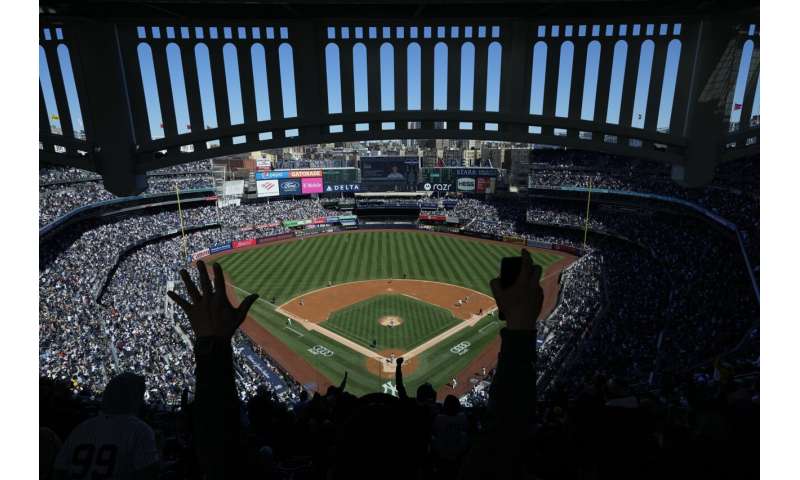
Fans react after New York Yankees' Aaron Judge hits a home run during the third inning of a baseball game against the San Francisco Giants at Yankee Stadium, April 2, 2023, in New York. A new study released Friday, April 7, 2023, finds that climate change is making major league sluggers into even hotter hitters, sending an extra 50 or so home runs a year over the fences. Credit: AP Photo/Seth Wenig, File
Both Texas A&M's Andrew Dessler and University of Illinois' Don Wuebbles said while the rise in home runs is interesting, it pales next to the issues of extreme weather and rising seas.
But Callahan said it actually brings home the threat of climate change in a unique way. Besides resulting in more home runs, a warming climate will likely require more domed stadiums because it will simply be too hot outside for humans in some places.
"Global warming is going to reshape so many of the things that we care about in so many pernicious and subtle ways," Callahan said. "And the fact that we'll get to go to fewer baseball games played in open air is not a civilization-ending crisis, but it is another sign of the way that we have reshaped our lives due to our greenhouse gas emissions."
Journal information: Bulletin of the American Meteorological Society
© 2023 The Associated Press. All rights reserved. This material may not be published, broadcast, rewritten or redistributed without permission.




















